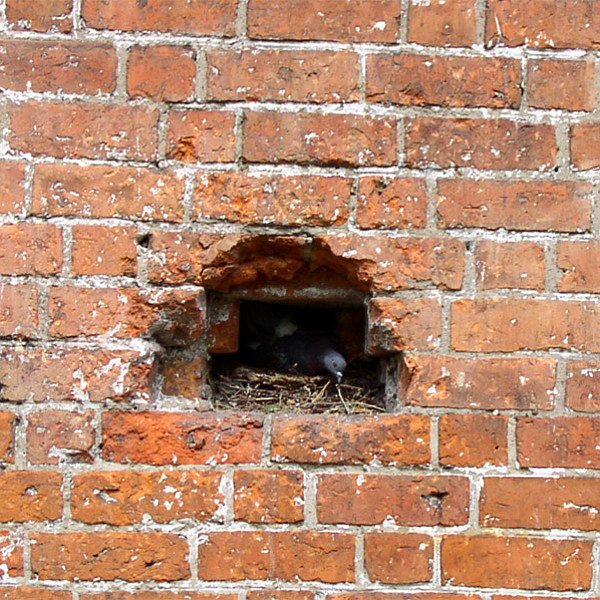Agriculture
Bee Catastrophe
Disturbing evidence that honeybees are in terminal decline has emerged from the United States where, for the fourth year in a row, more than a third of colonies have failed to survive the winter.
The decline of the country's estimated 2.4 million beehives began in 2006, when a phenomenon dubbed colony collapse disorder (CCD) led to the disappearance of hundreds of thousands of colonies. Since then more than three million colonies in the US and billions of honeybees worldwide have died and scientists are no nearer to knowing what is causing the catastrophic fall in numbers.
The number of managed honeybee colonies in the US fell by 33.8% last winter, according to the annual survey by the Apiary Inspectors of America and the US government's Agricultural Research Service (ARS).
The collapse in the global honeybee population is a major threat to crops. It is estimated that a third of everything we eat depends upon honeybee pollination, which means that bees contribute some £26bn to the global economy.
-- "Fears for Crops as Shock Figures from America Show Scale of Bee Catastrophe," Guardian, May 2, 2010
Activities of the Industrial Climber
Commercial climbers are not only used for the renovation of buildings, they are found also in the facade cleaning and window cleaning to areas which have more to do with the cleaning, as with the repair of houses. Also in the Taubenabwehr the commercial climbers are used. In many cities, pigeons are a real nuisance and to prevent further spread of the animals, nests must be removed and the building secured so that a nest is not possible. Industrial climbers take the necessary steps to make it impossible for the animals an enjoyable stay in the buildings. Last, it should be called the tree service, used in industry can be climbers. Here they make pruning and ensure that the road can be threatened by hanging or dead branches, for example of street trees.












